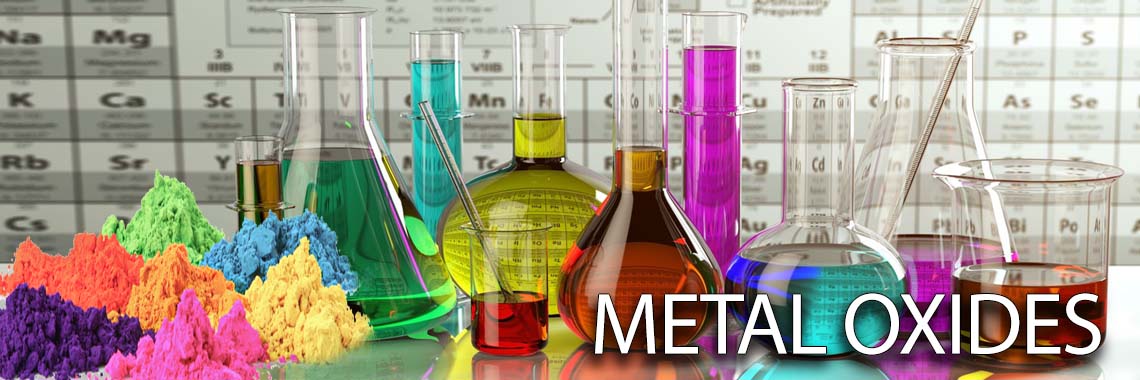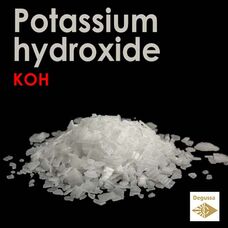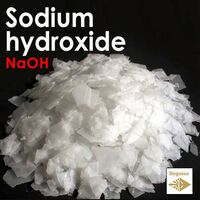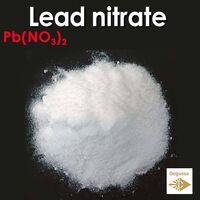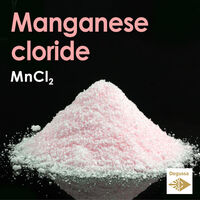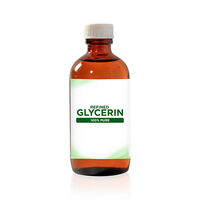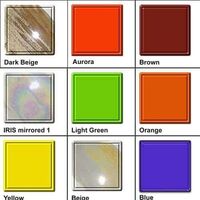What is Potassium Hydroxide used for? Is Potassium Hydroxide the same as Sodium Hydroxide? Where can I buy KOH? How is Potassium Hydroxide made
KOH
Potassium hydroxide (KOH) is a strong base, also known as caustic potash. It is an inorganic compound composed of potassium, oxygen, and hydrogen. It is commonly encountered in the form of pellets, flakes, or a concentrated solution.
Uses of Potassium Hydroxide:
Chemical Manufacturing: KOH is a key ingredient in the production of various chemicals. It is used in the manufacture of potassium carbonate, detergents, fertilizers, and other chemicals.
Soap and Detergent Production: Potassium hydroxide is commonly used in the production of liquid soaps and detergents. It is preferred for these applications because it produces a softer soap compared to sodium hydroxide.
pH Regulation: KOH is used to adjust the pH of solutions in various industrial processes, including the food industry. It is often employed to neutralize acidic substances.
Biodiesel Production: In biodiesel production, potassium hydroxide is used as a catalyst in the transesterification process, which converts triglycerides (fats and oils) into biodiesel and glycerol.
Electrolyte in Alkaline Batteries: KOH is used as an electrolyte in alkaline batteries. It helps facilitate the flow of ions between the positive and negative terminals of the battery.
Petroleum Refining: Potassium hydroxide is used in some petroleum refining processes to remove impurities and neutralize acidic components.
Food Processing: In the food industry, KOH may be used for various purposes, including the peeling of fruits and vegetables, cocoa processing, and the production of caramel.
Cleaning and Degreasing: Due to its strong alkaline nature, potassium hydroxide is used as a cleaning agent and degreaser. It can effectively remove grease, oils, and other contaminants.
It's important to handle potassium hydroxide with care, as it can cause burns and skin irritation. Protective equipment such as gloves and goggles should be worn when working with this chemical. Additionally, proper ventilation is essential to prevent inhalation of fumes.
Formula: KOH
Molecular Weight: 56.11 g/mol
Form: white solid, deliquescent flakes
CAS Number: 1310-58-3
EC Number: 215-181-3
E Number: E525 (acidity regulators)
Density: 2.044 g/cm³
Synonyms: Caustic potash, Lye, Potash lye, Potassia, Potassium hydrate, KOH, Potassa, Potasse caustique, Kali causticum, Caswell No. 693, Cyantek CC 723, potassium;hydroxide, Kaliumhydroxid, Aetzkali
Potassium Hydroxide (KOH): Properties, Uses, and Safety
- Brand: Degussa
- Product Code: Oxide - Potassium Hydroxide (KOH)
- SKU: KOH
- Availability: 222
- 0.99€
-
0.59€
Available Options
Related Products
Sodium hydroxide (NaOH) - Natrii hydroxidum
NaOH Sodium hydroxide (NaOH), commonly known as caustic soda or lye, is a strong alkaline compound. It is an inorga..
0.59€ 0.99€
Lead(II) nitrate - Pb(NO3)2 - Lead Nitrate
Pb(NO3)2 Known since the Middle Ages by the name plumbum dulce, the production of lead(II) nitrate from either meta..
3.99€
Manganese Chloride - Properties, Uses, and Applications of Manganese(II) chloride tetrahydrate - chemical compound
MnCl2 Manganese(II) chloride (MnCl2) is a chemical compound composed of manganese and chlorine atoms. It is one of ..
1.16€ 3.99€
GLYCEROL - The Science and Applications of Glycerine: Unlocking the Versatility of this Essential Compound Glycerin
C3H8O3 Glycerol, also known as glycerin or glycerine, is a colorless, odorless, and sweet-tasting viscous liquid. I..
1.19€
Tags: oxide

